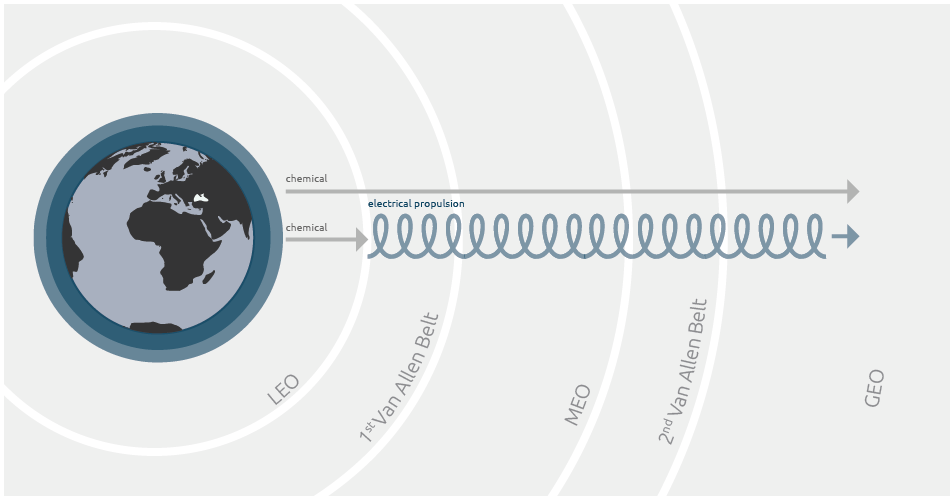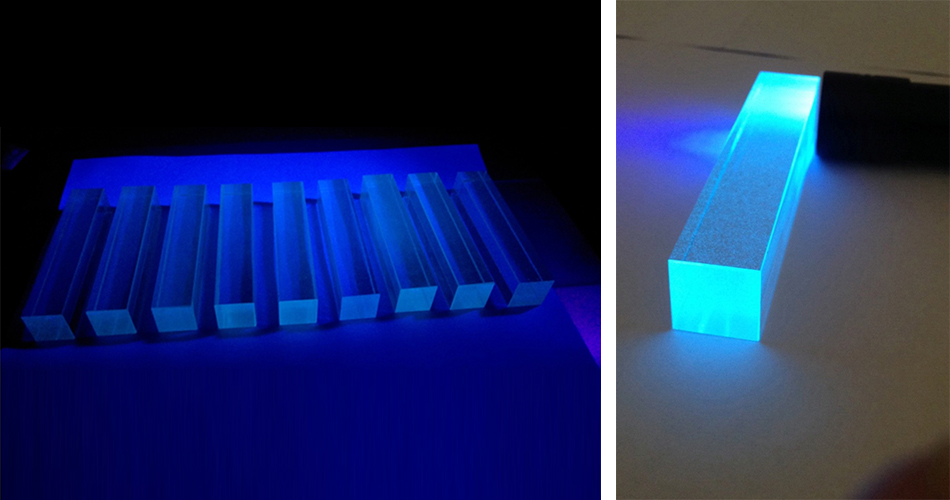Radiation hardness
- Radiation hardness
-

Radiation hardness:
The robust performance of electronic components such as amplifiers and integrated circuits or energy storage devices such as batteries, but also of materials in general, in intense radiation fields is one of the major challenges for the use of modern technologies in many specific applications. In this context, "radiation hardness" means that the components themselves, or the materials used in them, only change marginally under strong radiation (e.g. cosmic radiation in space) and that their function remains almost unaffected during the anticipated product life despite a large accumulated dose of ionizing radiation. The same applies to radiation-hard information storage, in which the alteration of digital information in active memories and chip structures by ionizing radiation must be avoided in order to ensure secure data storage. The fields of application range from medical applications and satellite-supported communication to accelerator-based fundamental research. In the medical field, radiation and particle therapies become increasingly important in addition to radiation-based imaging ("X-rays", computer tomography, magnetic resonance tomography, etc.). The demand towards the use of cheap commercial mass products in nano and microsatellite technology in order to implement inexpensive solutions for satellite-supported communication gives the subject of radiation hardness additional importance.
In the field of “radiation hardened electronics”, active and passive components, circuits and commercial assemblies of digital electronics are studied with respect to their resilience and susceptibility to errors or tolerance to intense radiation fields. Such radiation-resistant components are essential and well established for large-scale accelerator experiments which conduct research clarifying the origins of the universe in the area of “smallest particles”. The acquired knowledge about radiation-hard devices can be transferred directly to industrially relevant high technologies in the context of space travel or medical applications. The paradigm shift towards "All EP" in the commercial use of satellites, which are now brought to their target orbit employing electric propulsion to cross the Earth's radiation belt, massively increases the dwel time of satellites in the radiation belt and, thus, also that of its electronic components. These circumstances require the use of radiation-hardened electronics. The influence of cosmic radiation on the photovoltaic panels and the electrical energy storage devices ("batteries") must also be investigated. Up to now, digital and other electronic components have been specially developed for such extreme application scenarios. However, this is associated with extremely high costs and long development times. The trend in space travel is to accept compromises in terms of performance in order to save costs. This can be achieved by employing commercial off-the-shelf electronic components. Accordingly, corresponding test facilities need to be set up and selection criteria for the suitability of such components need to be defined and will become a market factor (see list of companies and institutions, which have expressed their interest in this topic, in the appendix).














